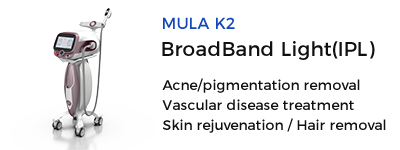Common Uses for Q Switch Nd Yag Lasers in Dermatology
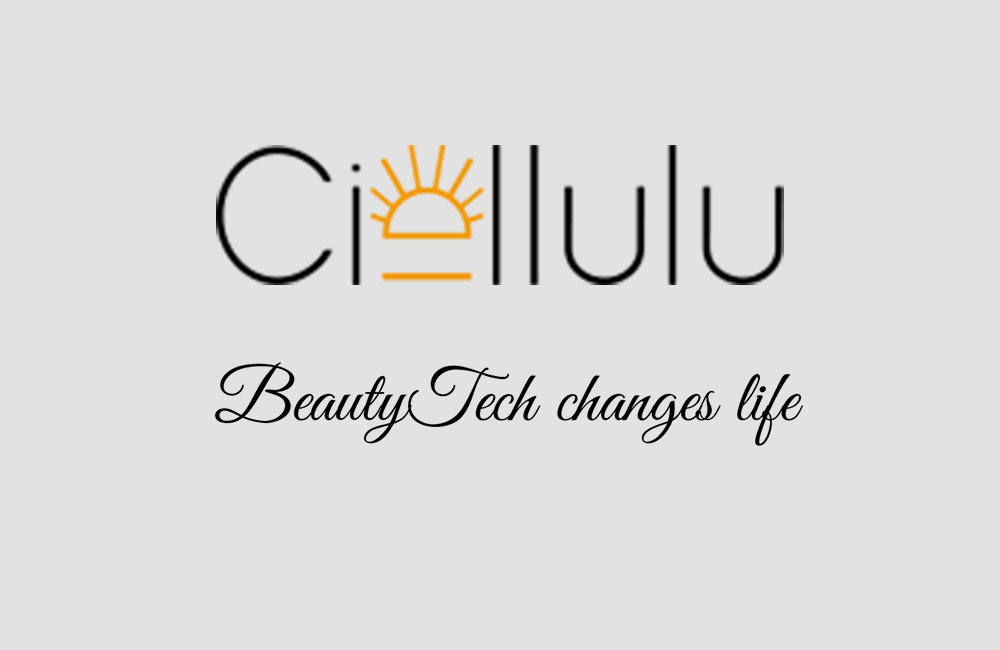
Common Uses for Q Switch Nd Yag Lasers in Dermatology
Title: An Overview of the Common Uses for Q-Switched Nd:YAG Lasers in Dermatology
Nd:YAG (Neodymium-doped Yttrium Aluminum Garnet) lasers have progressively seized the spotlight in the world of dermatology, emerging as a crucial tool in the facilitation of diverse beauty and skincare procedures. A popular variant of Nd:YAG lasers are Q-Switched Nd:YAG lasers. For those keen on exploring applications of this innovative technology, an analysis of the common uses for Q-Switched Nd:YAG lasers within dermatology is provided here.
- Tattoo Removal
Arguably, the most popular application of Q-switched Nd:YAG lasers is in tattoo removal. Given the laser's effectiveness in fragmenting tattoo ink pigments into smaller particles, it allows for easier elimination by the body's immune system. By emitting short, strong pulses of light that target only the tattoo pigments, the Q-switched Nd:YAG laser leaves the surrounding skin unharmed. For more on this topic, visit here.
- Treatment of Pigmented Lesions
The Q-switched Nd:YAG laser is used to address various pigmented lesions - sunspots, freckles, birthmarks, to name a few. This laser targets the melanin concentration in these lesions, subsequently causing their discoloration and eventual fading. It provides promising results for epidermal as well as dermal pigmented lesions.
- Removal of Skin Discoloration and Whitening
Use of the Q-switched Nd:YAG laser has proven influential in tackling diverse forms of skin discoloration, including Melasma. The laser targets the melanin within the skin, reducing the overproduction that typically results in dark spots or patches. This makes for an effective treatment, improving the overall complexion and promoting skin whitening. More details can be explored here.
- Treatment of Vascular Lesions
Patients suffering from vascular conditions such as spider veins and broken capillaries can immensely benefit from Q-switched Nd:YAG lasers. Their role in heating blood vessels works to shut them down effectively, eventually causing the vessels to disappear as they are reabsorbed by the body.
- Skin Rejuvenation and Resurfacing
Q-switched Nd:YAG lasers promote skin rejuvenation by stimulating collagen production within the skin. They can resurface the skin, improving its texture and reducing the appearance of fine lines and wrinkles. The resultant effect is smoother, healthier, and younger-looking skin.
- Acne and Acne Scar Treatment
Q-switched Nd:YAG lasers are employed for acne and acne scars treatment. These lasers can penetrate into the deeper layers of the skin to destroy the overactive sebaceous glands that contribute to acne. Also, they stimulate collagen production to help in the healing of acne scars.
The Q-switched Nd:YAG lasers have indeed revolutionized the dermatology realm, owing to their versatility and the less invasive nature of treatments they facilitate. They serve many purposes, spanning from tattoo removal to the treatment of pigmented and vascular lesions, acne, as well as assisting in skin rejuvenation. As technology continues to progress, we can anticipate more beneficial applications of the versatile Q-switched Nd:YAG laser in dermatology.
Source: Common Uses for Q Switch Nd Yag Lasers in Dermatology

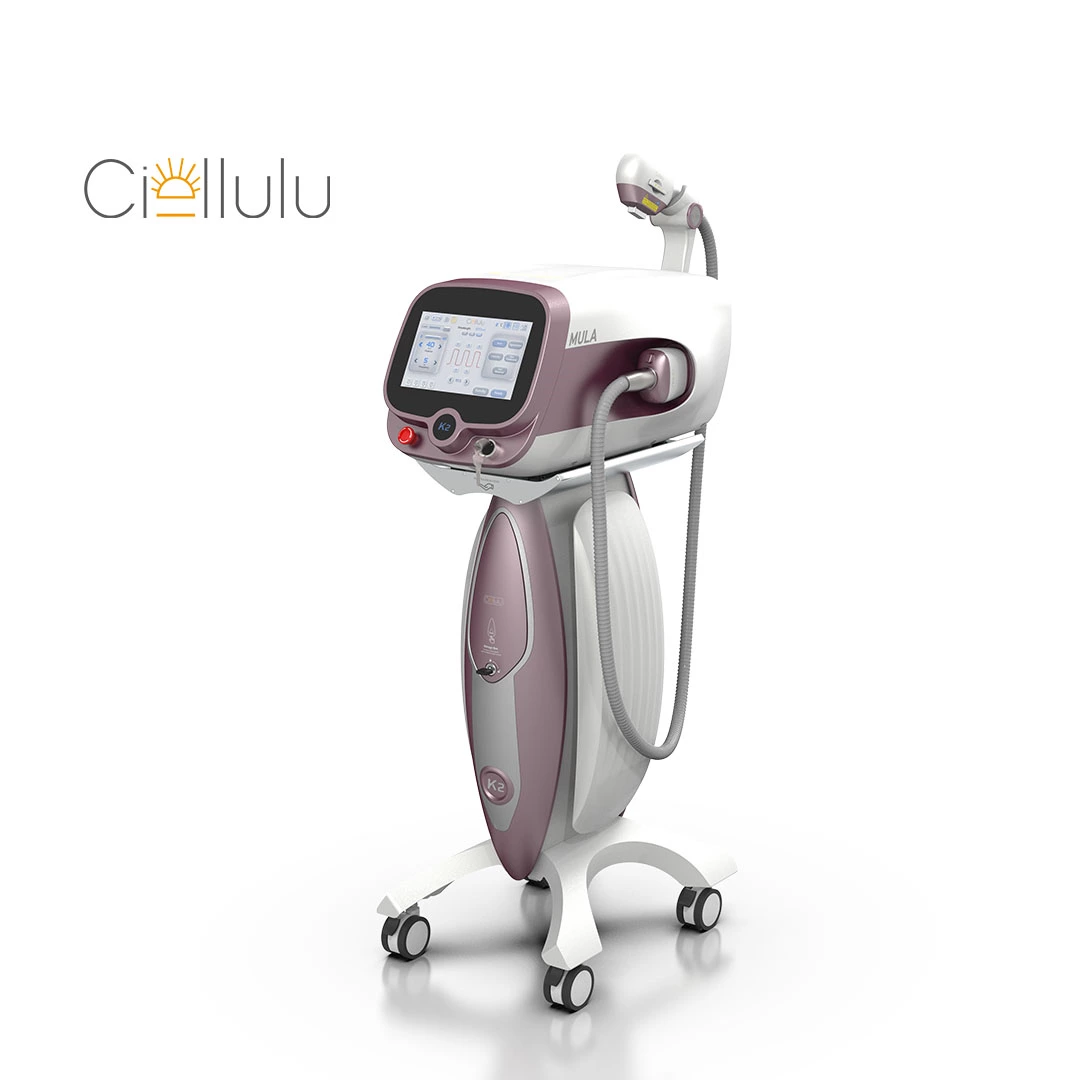
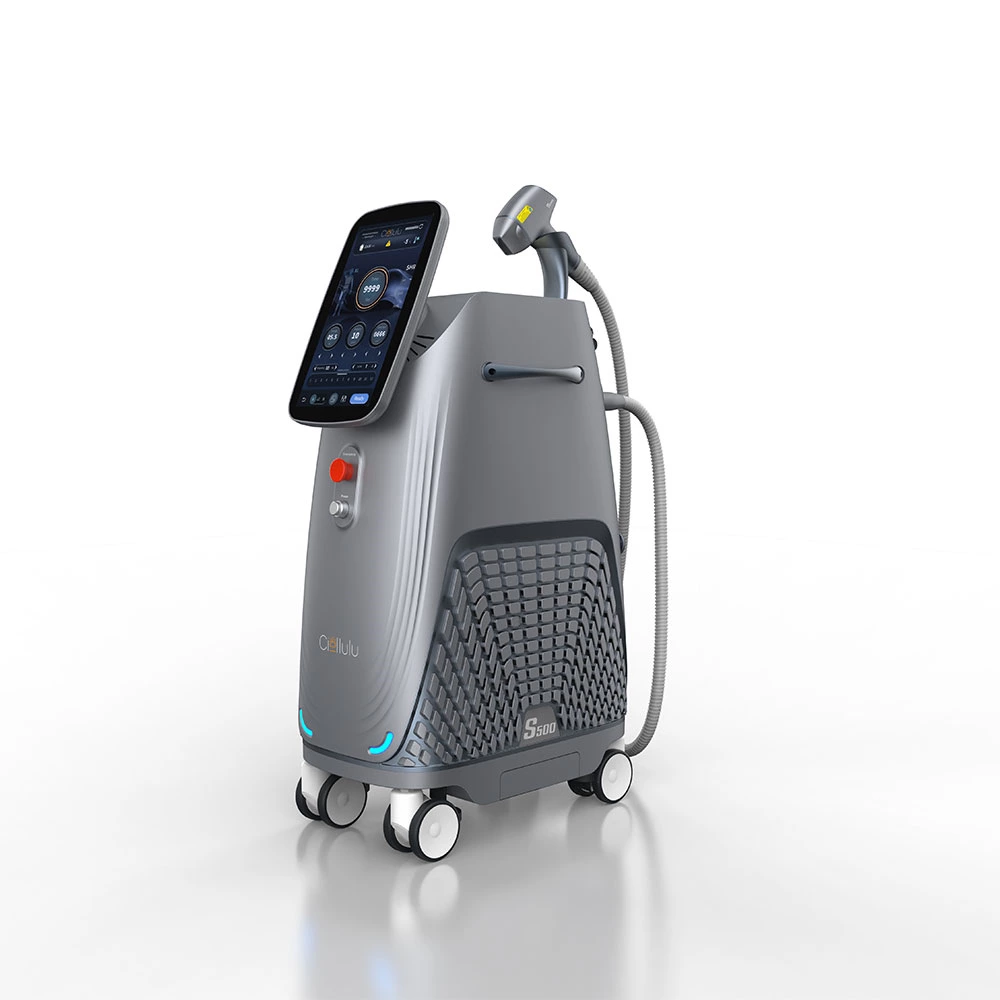
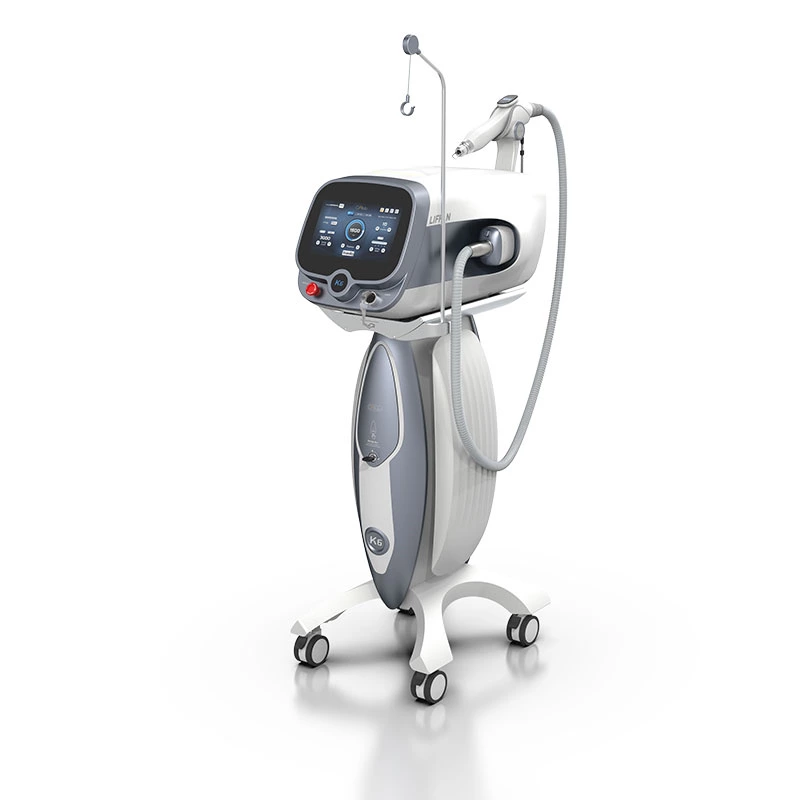
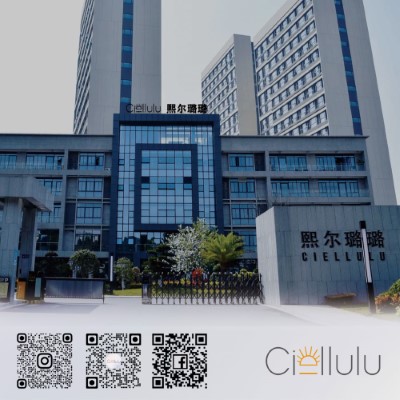 Ciellulu Laser - Facial Machine Supplier
Ciellulu Laser - Facial Machine Supplier